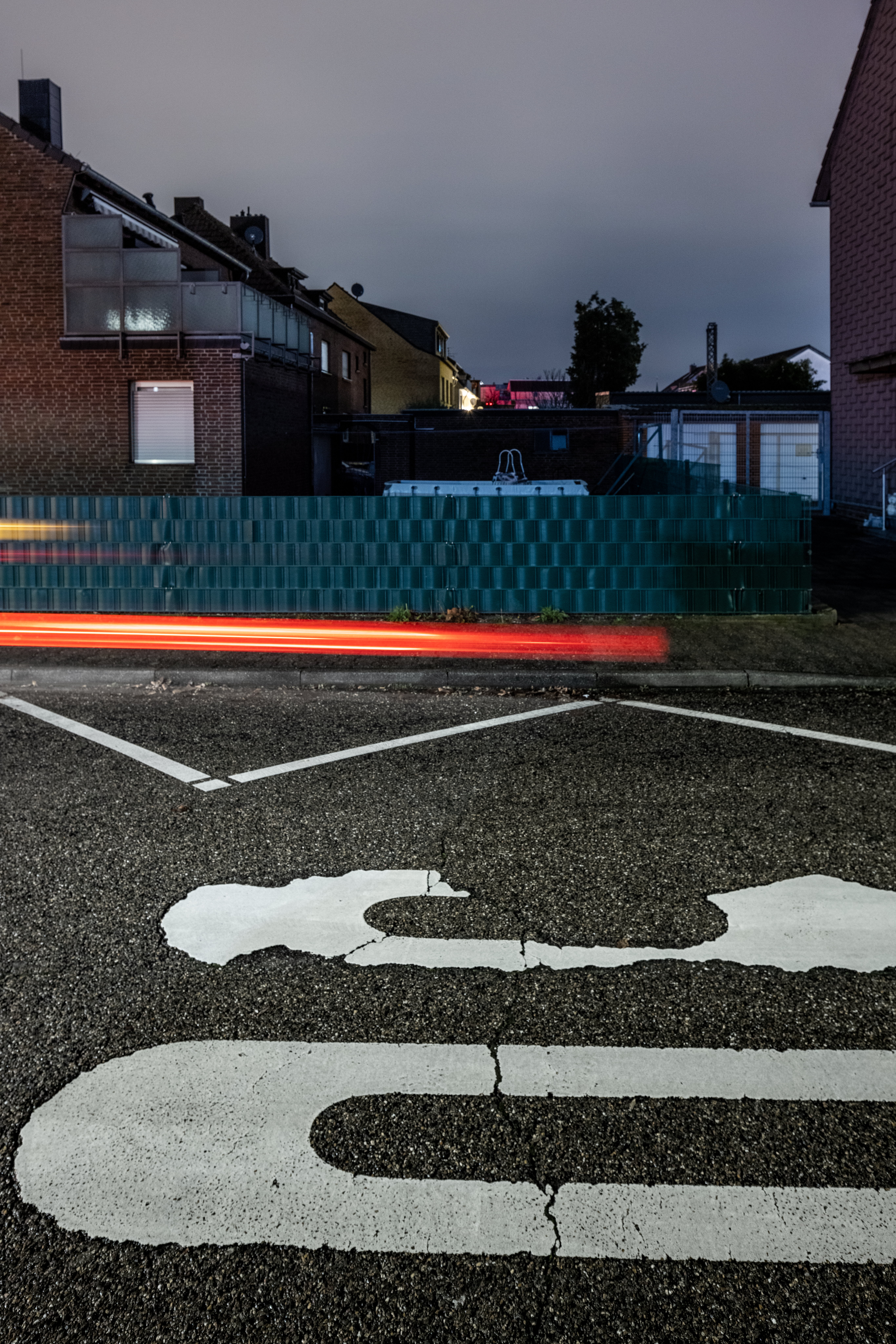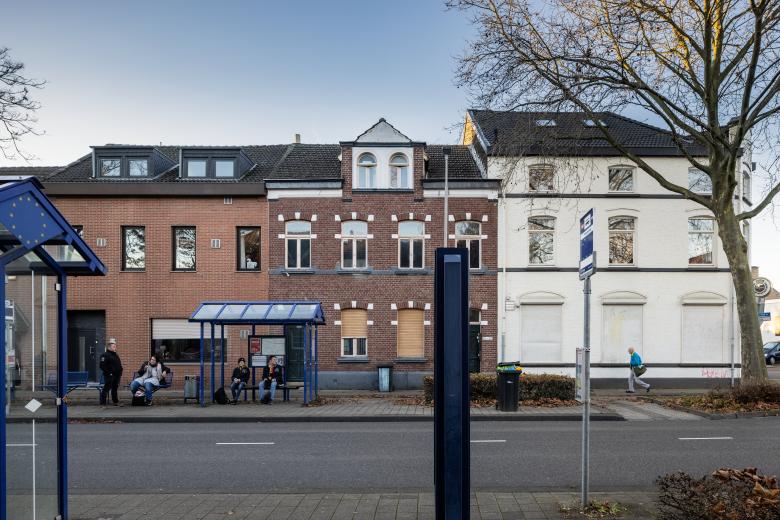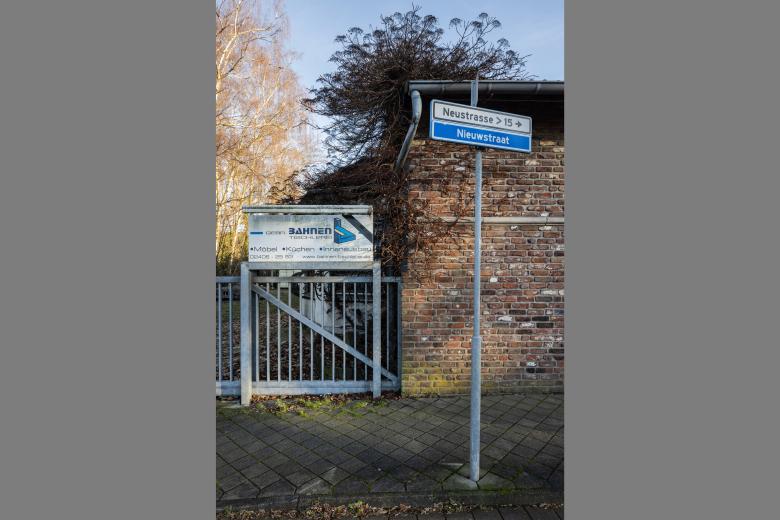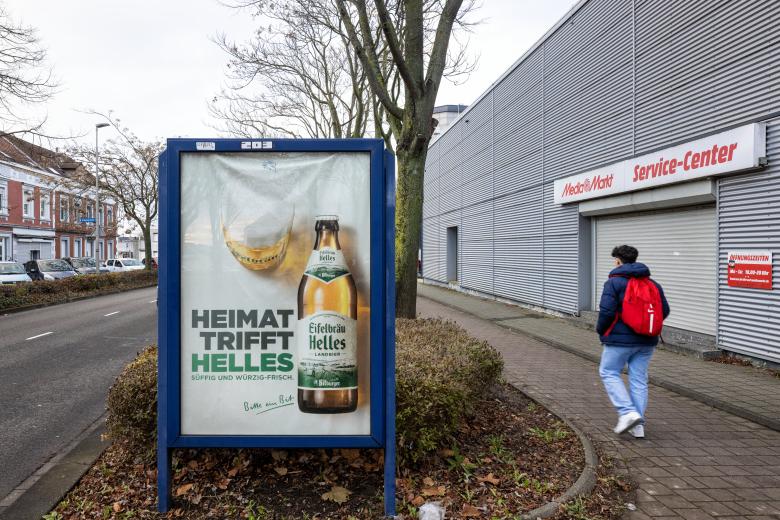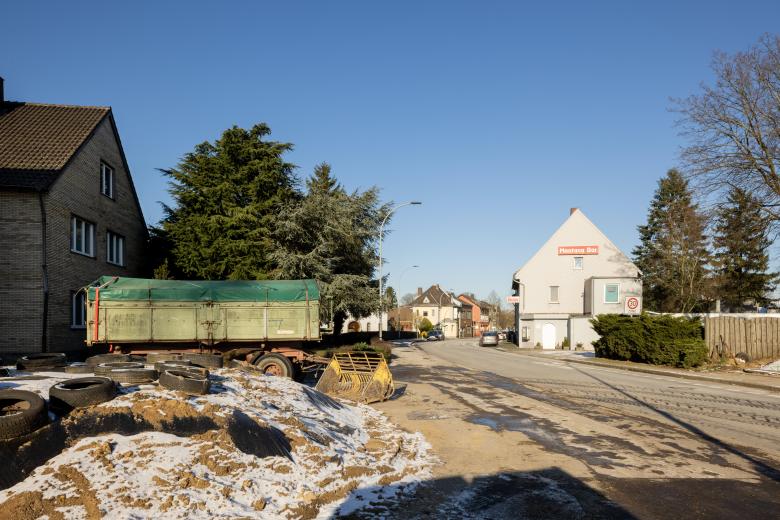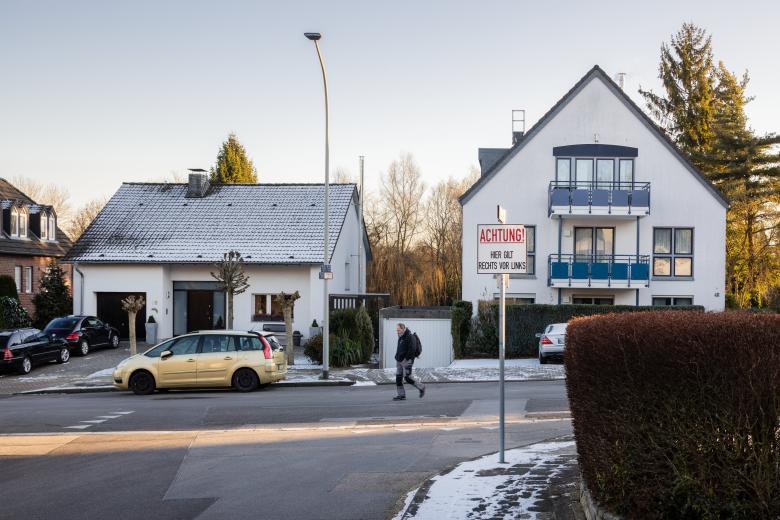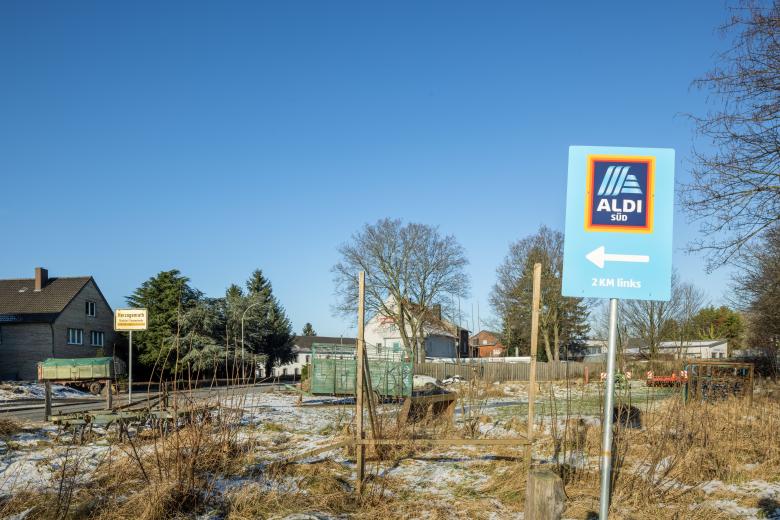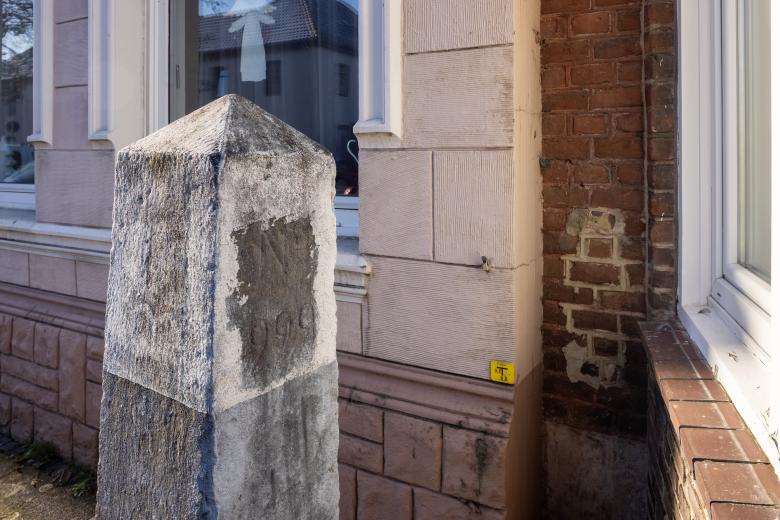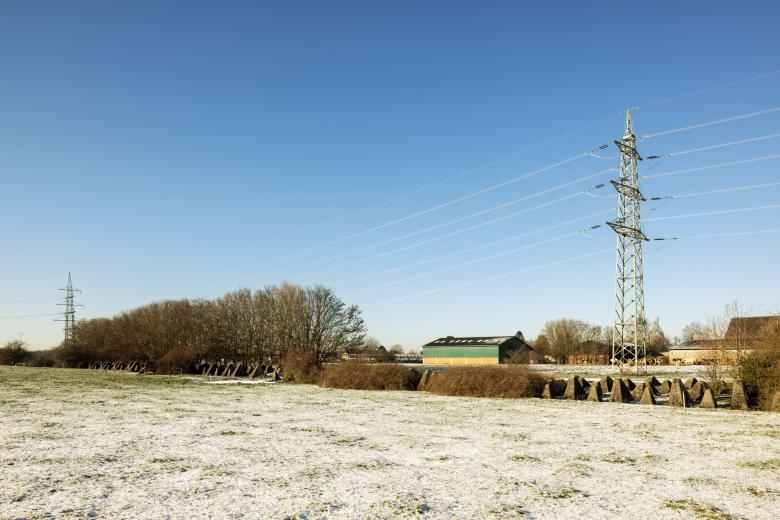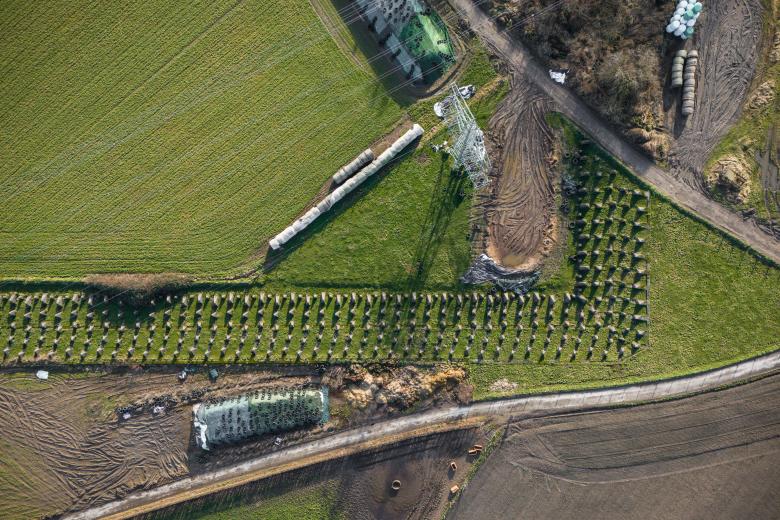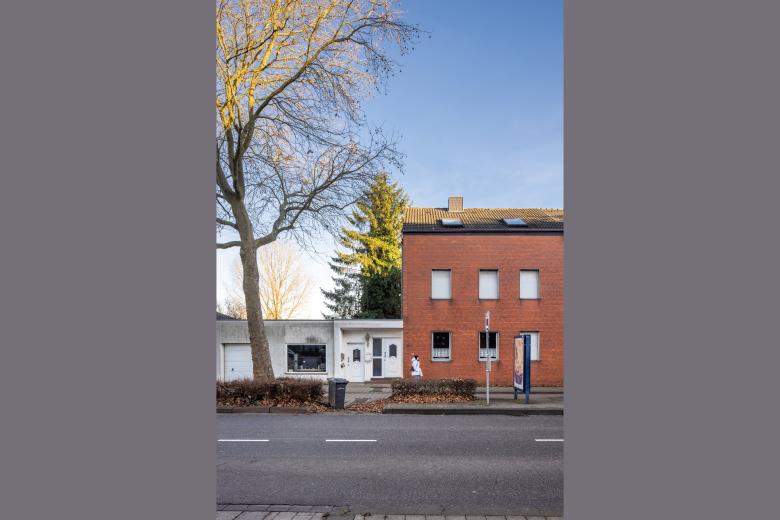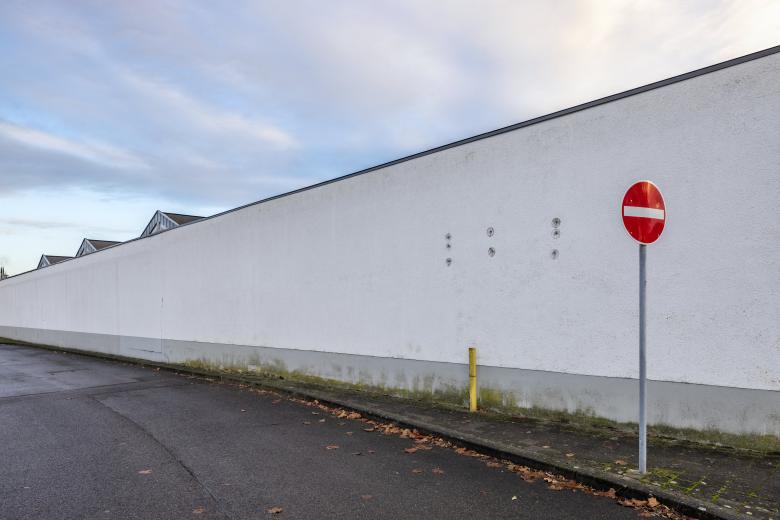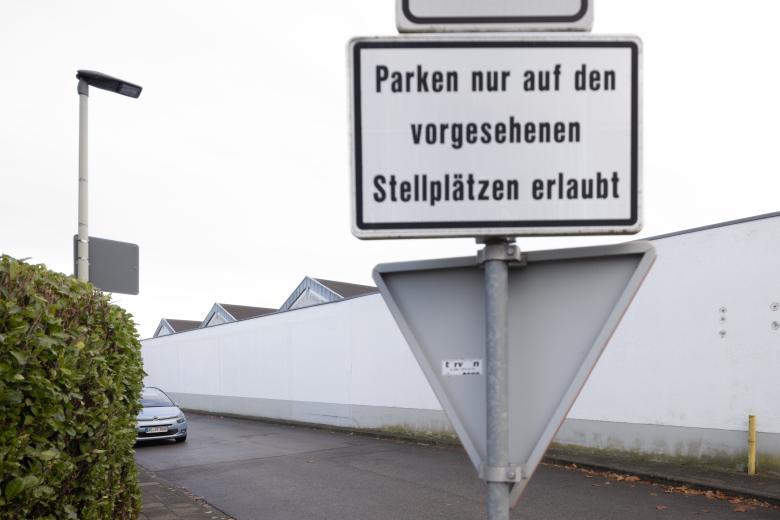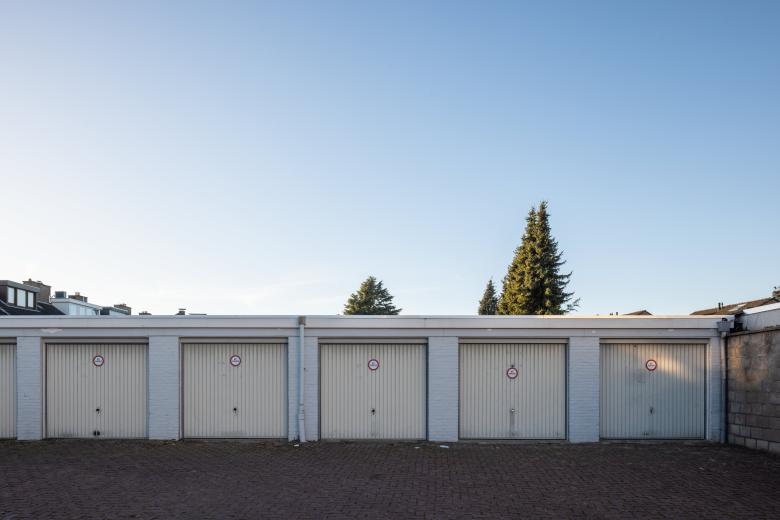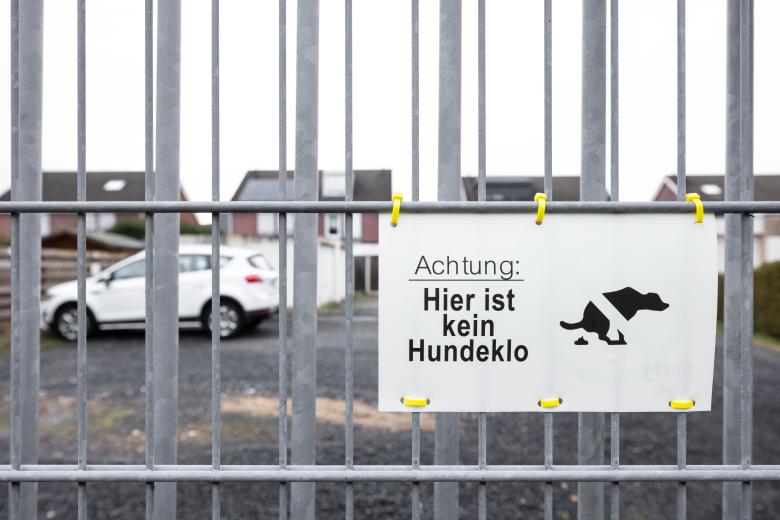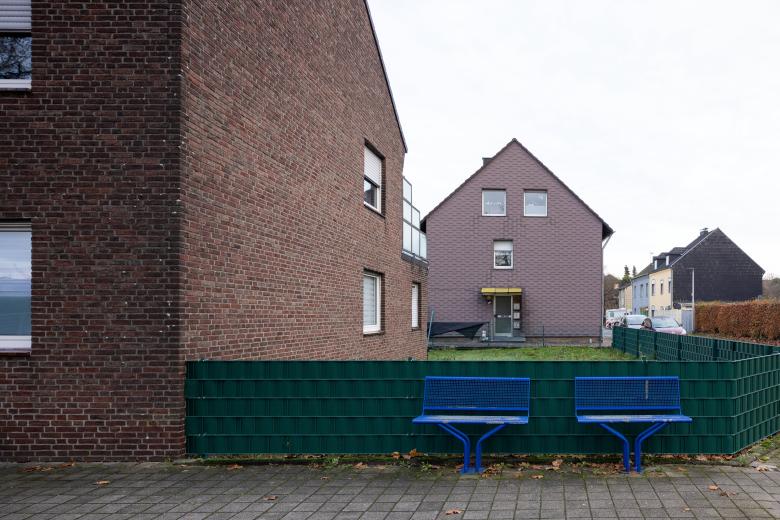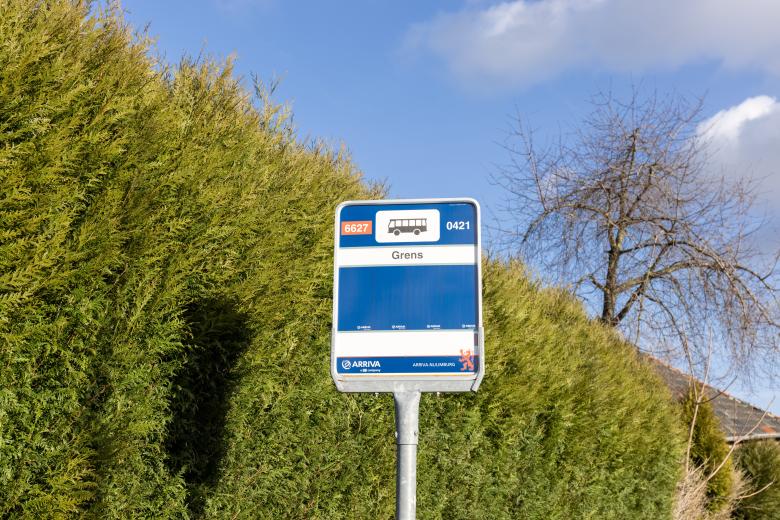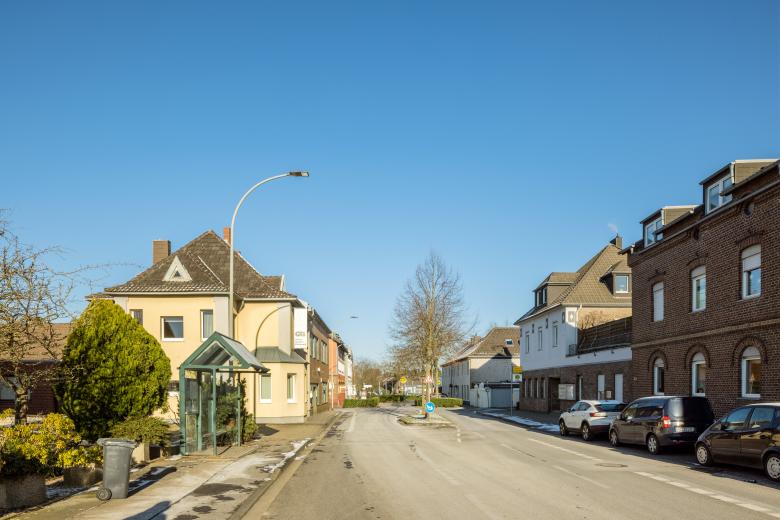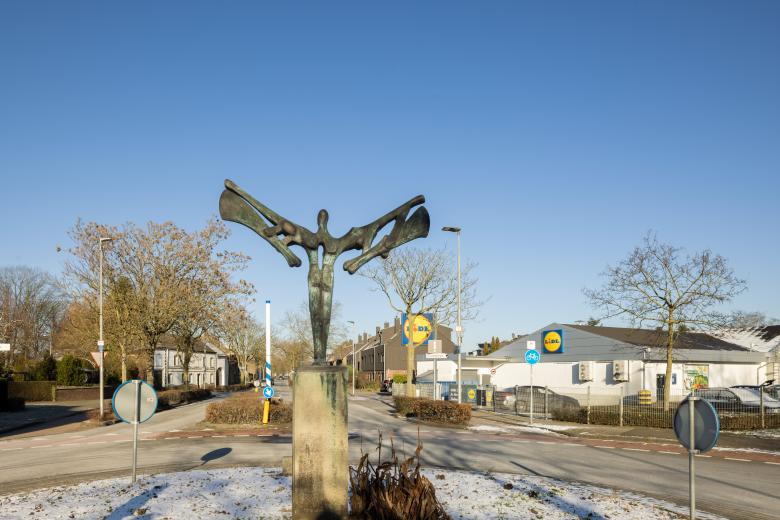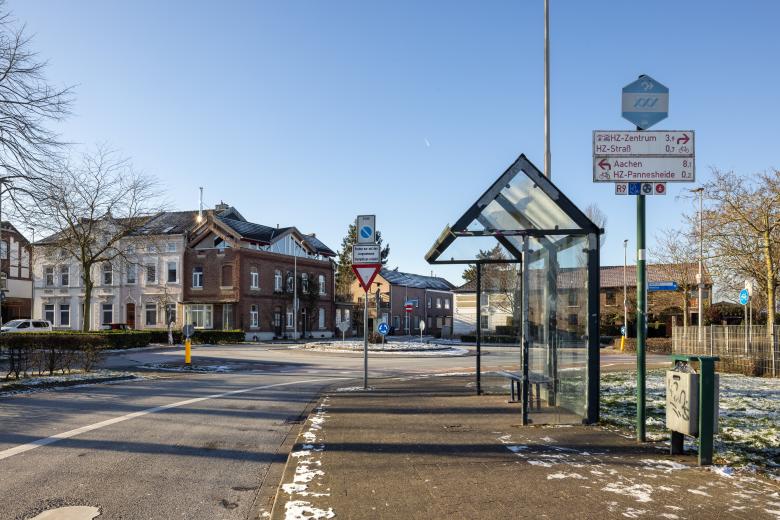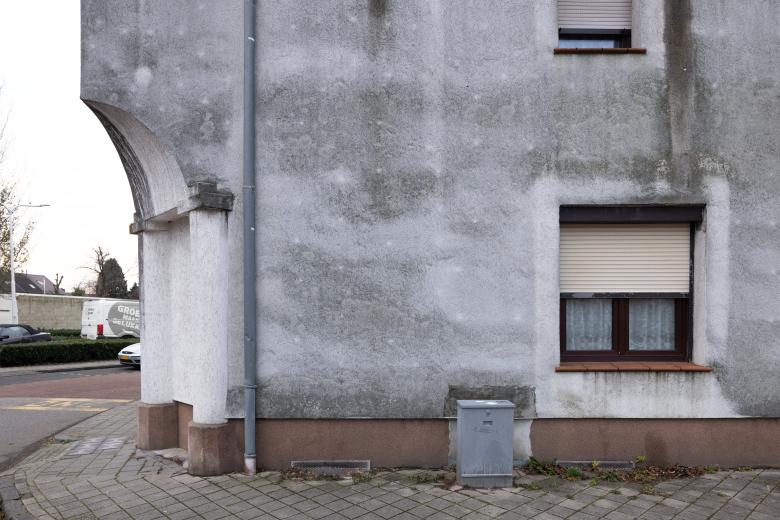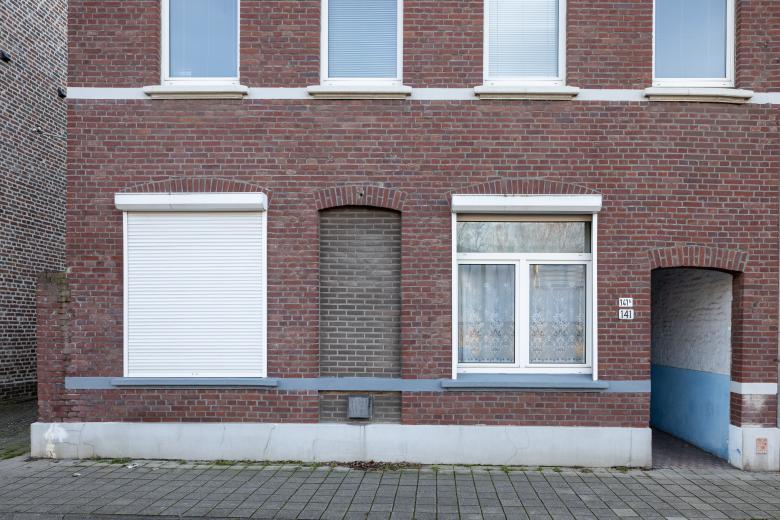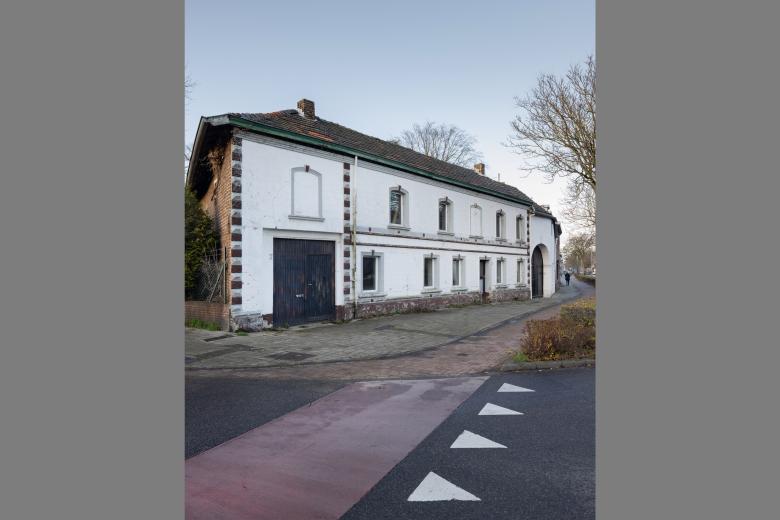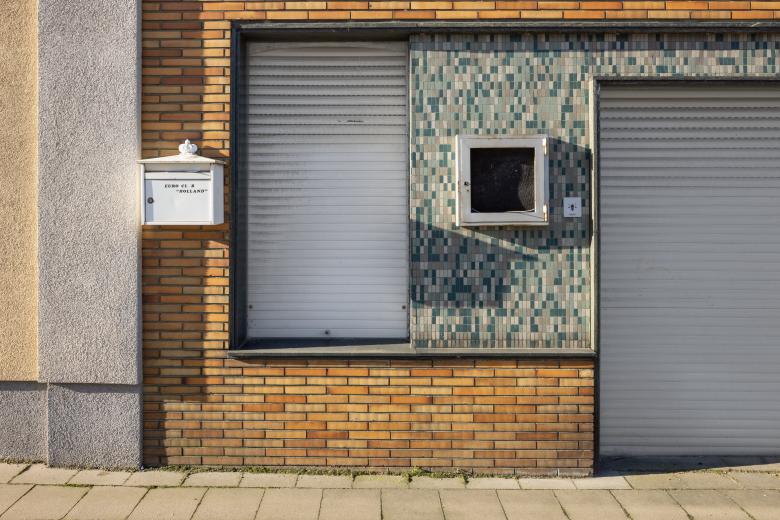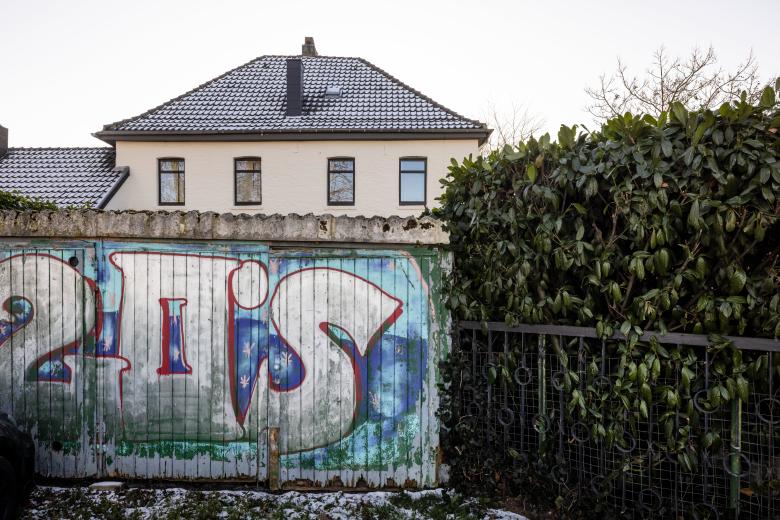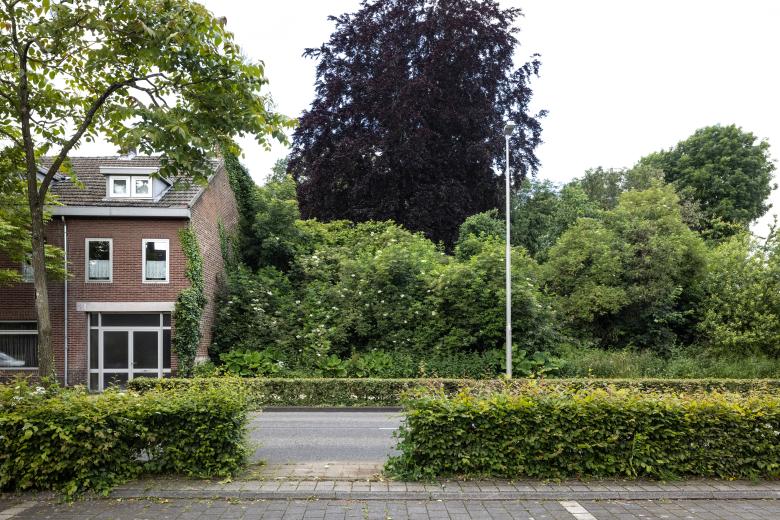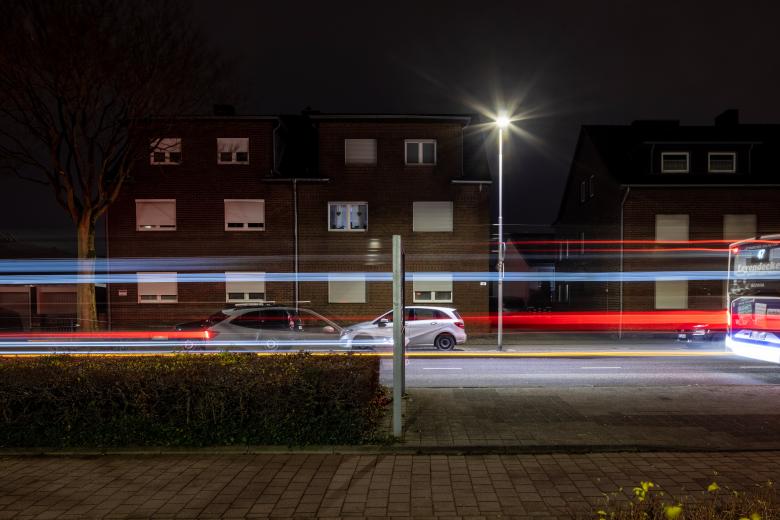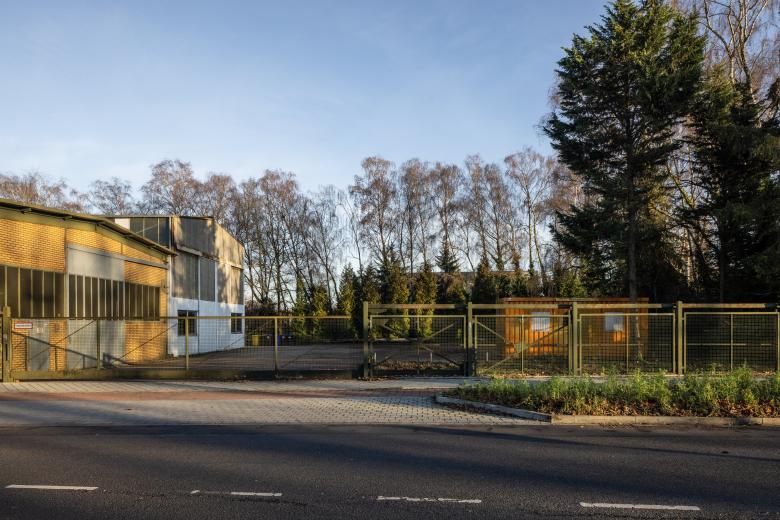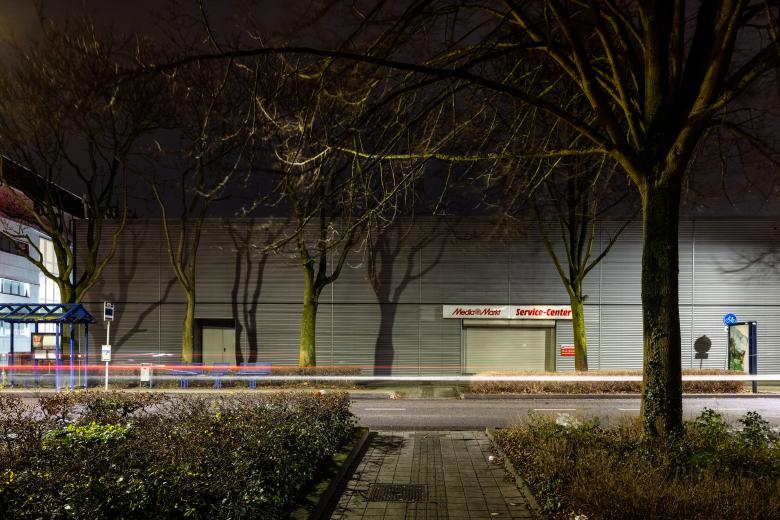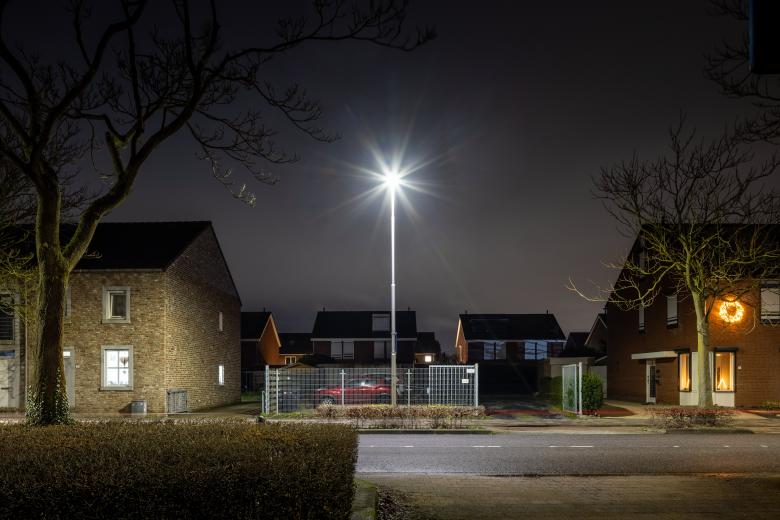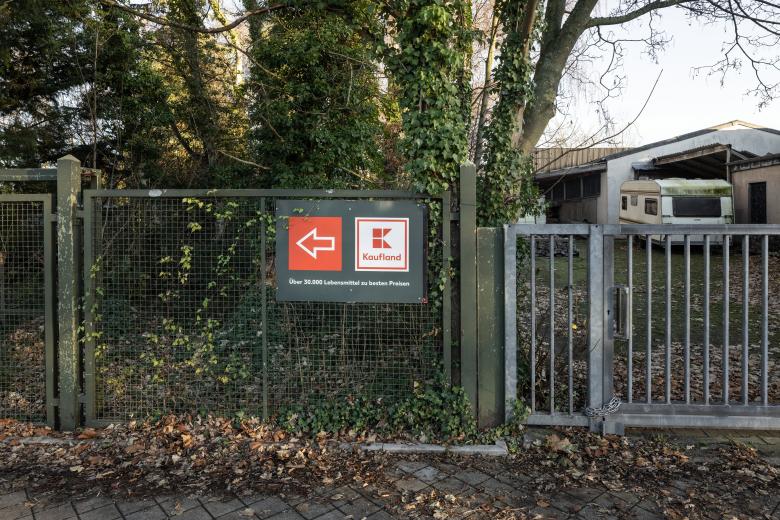Neustraße/Nieuwstraat – The Everydayness of Integration
On a street separating (or linking) Dutch Kerkrade and German Herzogenrath, PhD candidate Eline Schmeets looks beyond European Symbolpolitik at the many fascinating facets of navigating and cooperating across borders.
After the last great wall of Europe had fallen, the Neustraße/Nieuwstraat, a two-kilometre border street separating Kerkrade and Herzogenrath, was reopened in 1995 as a European or ‘shared’ street, a symbol of cooperation and European integration. Thus runs the omnipresent narrative replete with grand gestures and public art.
Cultural studies researcher, UM PhD candidate Eline Schmeets thinks, “it’s a common trap to focus too much on the European character of the street, which overshadows the everydayness of integration.” She mentions how Dutch news media is always quick to gather soundbites when there’s a European election or a football match between the two countries, “but by focusing on the line on the map, we forget the mundane pragmatic reality of coexistence and cooperation on the ground.”
Click on the icon to watch all photos
-
Symbolically unified
The heavily symbolic object that set off Schmeets’ research was a firehose coupling she encountered at an exhibition on the complex relationship between Germany and the Netherlands since the war. The story goes that Dutch firefighters wanted to help during a blaze in Herzogenrath but couldn’t since the countries had different standards for hose diameters. They ingeniously came up with the coupling, a perfect example of European integration and a relic underpinning the special status of Neustraße/Nieuwstraat. “During my research, I found that there are hundreds of different firehose couplings like this all along the border – which makes a lot of sense if you think about it…”
Click on the icon to watch all photos
-
Schmeets also stumbled across a firefighters’ dictionary facilitating cooperation in the face of the decline of the local dialect among the people of Kerkrade. If anything, one would think this an even better symbol, but the narrative here – the decline of Kerkrade’s dialect – isn’t as straightforward and uplifting. “I was wondering what other aspects of integration are overshadowed by the dominating narrative. That is also why I chose participatory observation as my primary research method. I was afraid interviews wouldn’t allow me to look beyond the generally accepted and internalised narrative.”
Click on the icon to watch all photos
Which is not to say that there aren’t instances of cultures fretting against one another. “During the pandemic, fireworks on new year’s eve were banned in the Netherlands to not put an additional strain on hospitals. The mayor of Herzogenrath asked its inhabitants to refrain from using fireworks as well, out of solidarity. They did. But the people of Kerkrade defied their government’s instructions and did use fireworks.”
Long history of bottom-up cooperation
Neustraße/Nieuwstraat seems to brandish symbols of both the European promise and the subsequent disillusion. “Half of the blue benches they installed in ‘95 are broken, some haven been painted over. There is moss growing on the EU-branded bus stops.” However, Schmeets also warns against taking the EU-centric idea of a unified Europe at face value. “It’s more of a continuation of a European cross-border cooperation that has existed before the wars and before the European Union.”
Click on the icon to watch all photos
-
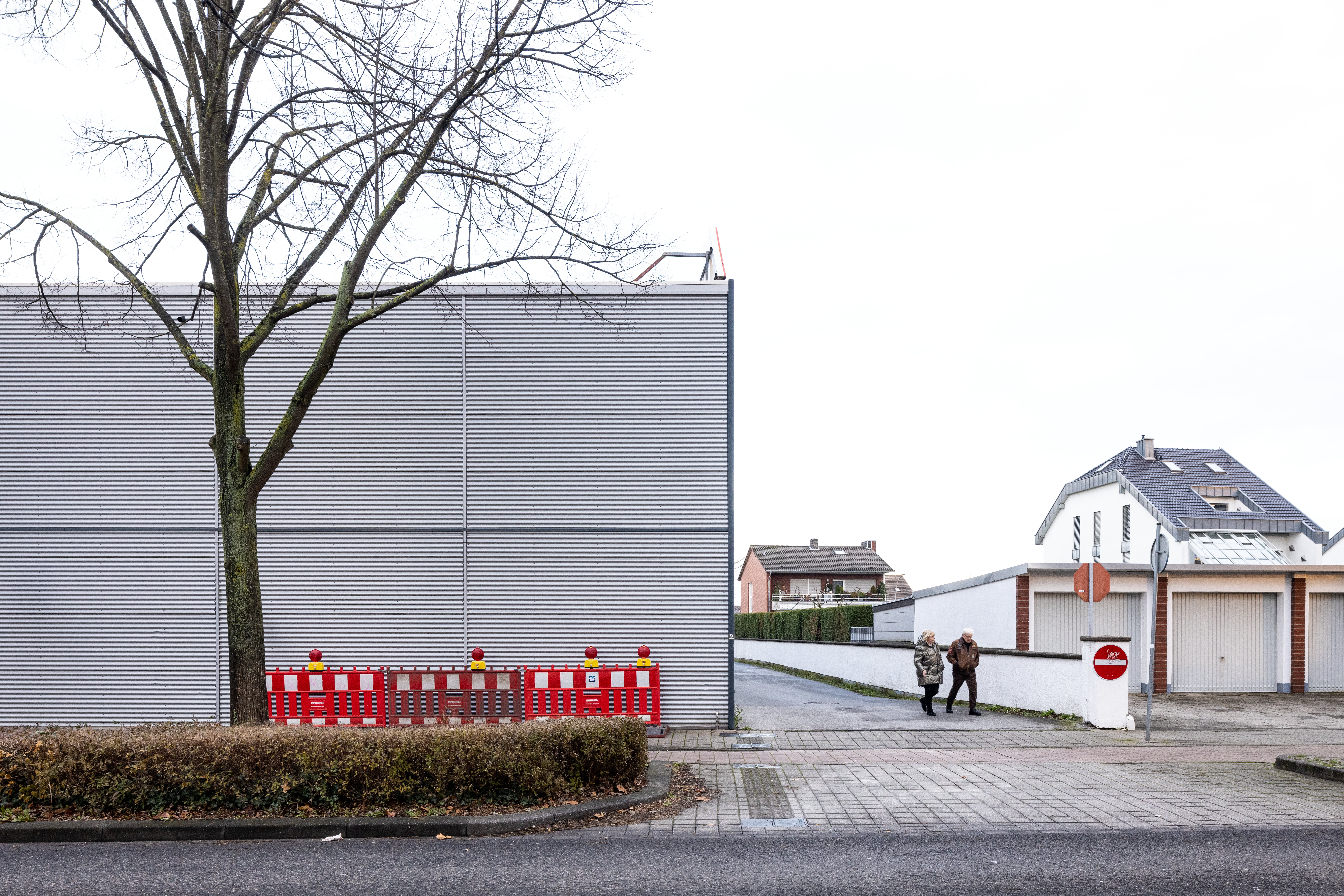
-
That is, indeed, another important pitfall when trying to impose pro- or anti-EU narratives onto this street: both Kerkrade and Herzogenrath are peripheral former mining towns, which have seen their fortunes decline. “To put it bluntly, neither of the towns is very inviting or wealthy.” The border did, however, leave its material imprints on the street. “There was a chain metal fence against the houses on the Dutch side. As a result, these houses tend to have their doors awkwardly on the side.”
Click on the icon to watch all photos
-
Click on the icon to watch all photos
While Schmeets is not in the business of taking a stand against any European narratives, she states that “during my research I’ve found some really interesting ways people navigate this situation, so many small and improvised solutions from which we can learn a lot.”
Photography: Philip Driessen, text: Florian Raith
